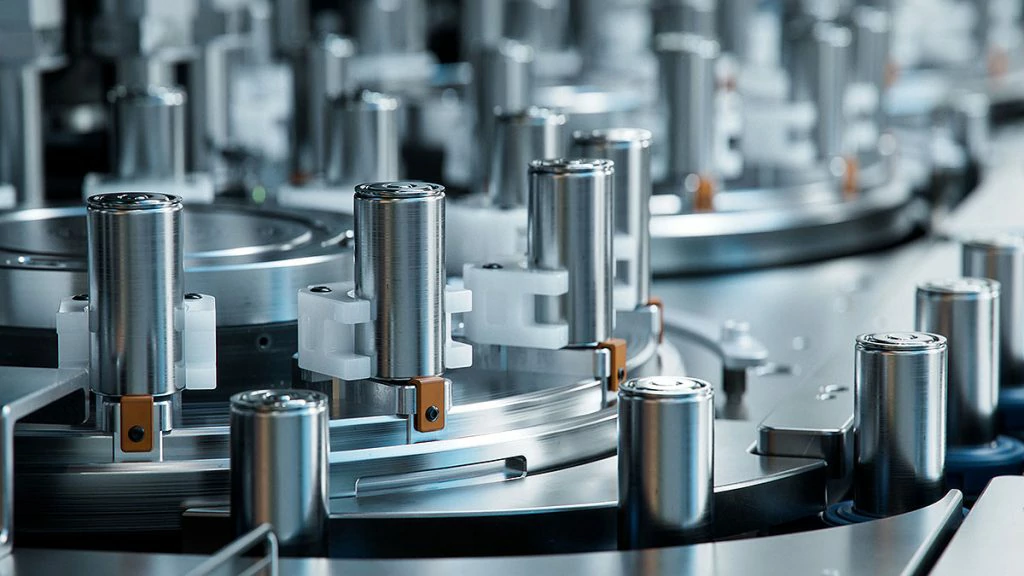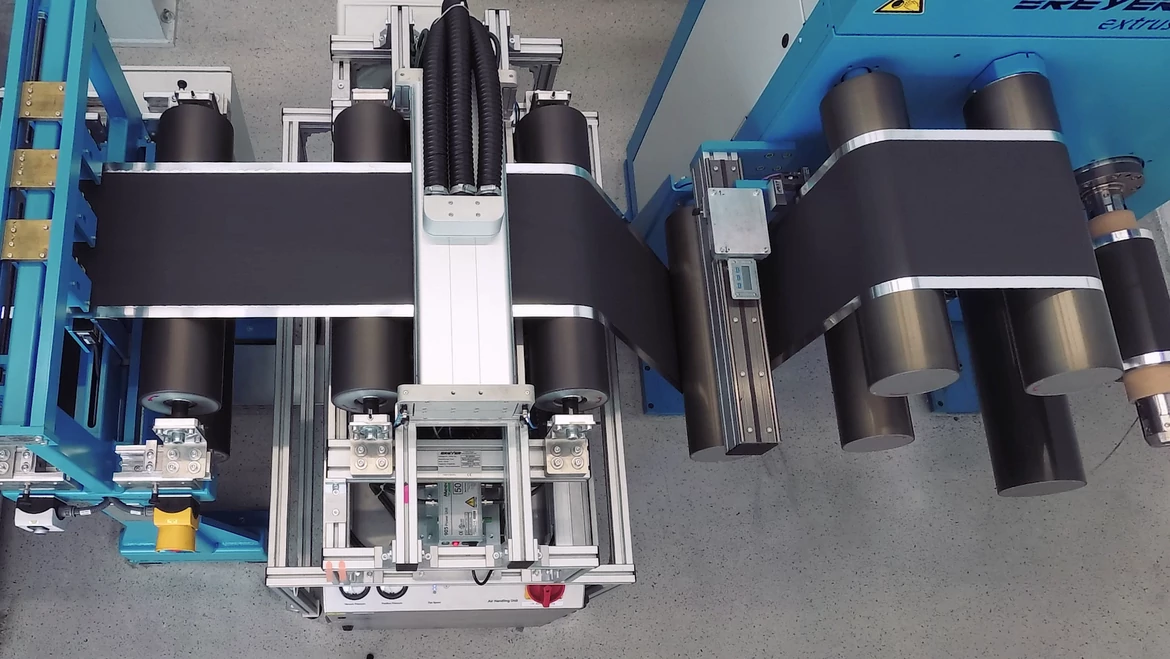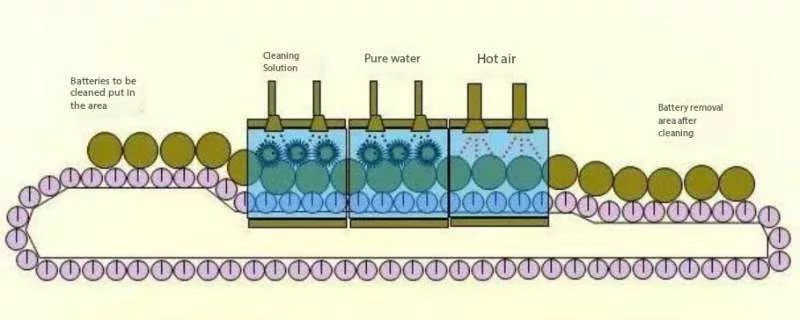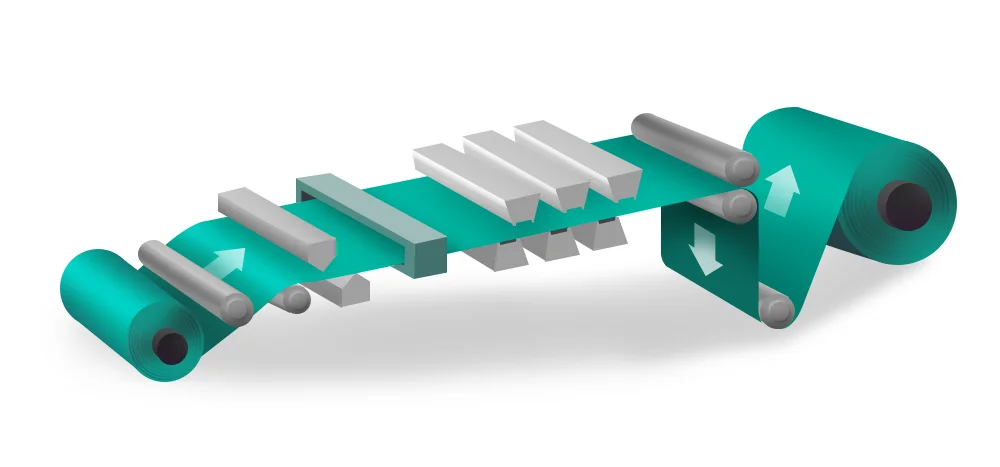LithiumIon Battery Electrode Calendering Process: Engineering Excellence for Superior Batteries
main content
The lithiumion battery electrode calendering process is a cornerstone of modern battery manufacturing, transforming coated electrode materials into highdensity, mechanically stable components. By integrating advanced tension control, precision roller systems, and realtime quality monitoring, this process ensures optimal energy density, conductivity, and durability. Below, we break down the four critical stages of calendering and their impact on battery performance.
1. Unwinding & Tension Control: Stability from Start to Finish
Electrode production begins with unwinding the substrate—typically copper or aluminum foil—while maintaining ±0.1N tension accuracy via servo motors. This ultraprecise control prevents wrinkling or misalignment, which could compromise coating uniformity or cause fractures during downstream processes. Advanced systems employ closedloop feedback mechanisms, where dancer rollers and potentiometers dynamically adjust motor speed to counteract material elasticity variations .
2. Calendering Unit: Precision Under Pressure
At the heart of the process lies the calendering unit, where dual rollers (diameters: 500–900mm) apply controlled pressure (200–600 MPa) to compress the electrode’s active material. Key innovations include:
Hydraulic Gap Control: Closedloop systems continuously adjust roller spacing, achieving thickness deviations below ±3 μm. This minimizes "edge overcompaction," a common issue in highnickel cathodes that leads to uneven lithiumion pathways .
Thermal Assistance: Heated rollers (40–300°C) soften binders like PVDF, enhancing particle adhesion while reducing rebound rates by 50%. For example, hot calendering at 160°C melts PVDF uniformly, creating seamless conductive networks and lowering internal resistance .
3. HeatAssisted Compaction: Balancing Density and Integrity
Temperature plays a dual role: it activates binders and mitigates particle fragmentation. By maintaining precise thermal profiles, manufacturers achieve:
Reduced Brittleness: Gradual heating (e.g., 90–160°C for NCM cathodes) prevents sudden stress spikes, preserving electrode flexibility for tight winding in cylindrical cells.
Optimized Porosity: Controlled heat lowers residual porosity to <30%, ensuring efficient electrolyte infiltration without sacrificing mechanical strength .
4. Rewinding & InLine Inspection: Quality Assurance in Real Time
Postcalendering, electrodes undergo rigorous quality checks:
Laser Thickness Gauges: Noncontact sensors measure thickness variations (±3 μm) across the entire web, flagging defects like microcracks or uneven compaction. Systems like Mate Gauge’s inline lasers use triangulation technology for realtime data, enabling instant process adjustments .
Areal Density Monitoring: Beta radiation or Xray sensors ensure coating weight uniformity (±1.5%), critical for balancing energy density and preventing lithium plating during fast charging .
Why This Process Defines Battery Success
The lithiumion battery electrode calendering process directly impacts three pillars of performance:
1. Energy Density: Higher compaction (e.g., 3.6 g/cm³ for ternary cathodes) maximizes active material per volume.
2. Cycle Life: Uniform thickness and adhesion suppress electrode swelling, extending lifespan by 40% in stress tests .
3. Safety: Eliminating burrs or microcracks prevents separator punctures—a critical factor for EV batteries exposed to vibration and thermal cycling.
As battery designs evolve toward solidstate and siliconanode technologies, calendering innovations like AIdriven pressure optimization and nanostructured rollers will remain indispensable. By mastering this process, manufacturers unlock faster charging, longer ranges, and safer energy storage solutions for a sustainable future.
RELATED BLOG

START-STOP LITHIUM battery
Enov start-stop battery is designed to provide excellent performance for high-demand start-stop vaehicles. It adopts the third-generation intelligent lithium platform architecture to achieve technological breakthroughs in core indicators such as cycle life, environmental adaptability and energy density. Compared with the traditional lead-acid battery system, the energy efficiency is increased by 210%, the cycle life is extended by 8-10 times, and the monthly self-discharge rate is controlled within 3%. Enov's unique low-temperature battery technology makes a breakthrough in achieving stable output in the whole climate domain from -30℃ to 65℃, maintaining more than 90% of the effective capacity release under extremely cold conditions (-30℃), and maintaining 90% of the capacity in high temperature environments (65℃).
The start-stop battery series products cover the mainstream voltage platform of 12V/24V/48V, and support flexible configuration of LFP (lithium iron phosphate) and NCM (lithium nickel cobalt manganese oxide) dual-material system. All models adopt modular design to support customization of different model specifications. Enuo engineering and technical team to provide full cycle technical service support, if you need, please contact us.
Other products
UAV BATTERY
LITHIUM ENERGY STORAGE BATTERY
QUICK INQUIRY
FAQ
Access to high frequency technical questions with one click, get accurate answers on product application, after-sales policy and customization process.
Service and Support
Get the latest product specifications, explore professional OEM/ODM customization services, click to open exclusive technical support and production solutions.
Become a Partner
We sincerely invite resources to interconnect, work together for win-win development, and immediately open a new chapter of strategic cooperation!





